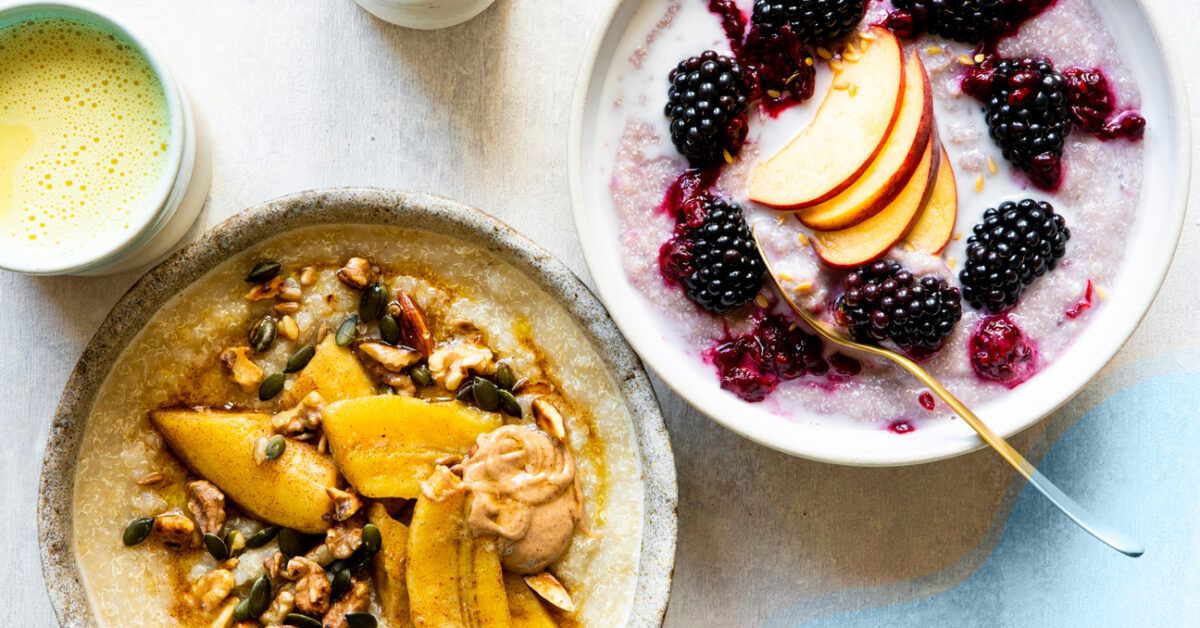Nutrition Diet for Diabetes: Best Dietary Approaches for Prevention and Management. Managing diabetes and preventing its complications can be both empowering and enjoyable when you know how to harness the power of a balanced, nutrient-rich diet. This article explores various dietary approaches that can support healthy blood sugar levels, improve overall well-being, and make meal planning a fun and creative journey. Throughout our discussion, we’ll be focusing on the concept of Nutrition Diet for Diabetes—a holistic approach to eating that not only emphasizes nutrient-dense foods but also supports an active and fulfilling lifestyle.
Nutrition Diet for Diabetes: Understanding the Basics
A solid foundation in diabetes nutrition starts with understanding the role of carbohydrates, proteins, and fats in our diet. When we talk about Nutrition Diet for Diabetes, it’s essential to recognize that not all carbohydrates are created equal. Complex carbohydrates—such as those found in whole grains, legumes, and vegetables—are broken down slowly, providing a steady source of energy and preventing rapid spikes in blood sugar. In contrast, refined sugars and processed carbs can lead to quick blood sugar surges and crashes.
Proteins and healthy fats also play a crucial role. Lean proteins from sources like chicken, fish, tofu, and legumes can help repair tissues and keep you feeling full. Meanwhile, unsaturated fats from olive oil, nuts, and avocados support heart health—a key consideration since diabetes increases cardiovascular risk. Embracing a Nutrition Diet for Diabetes means choosing foods that offer nutritional benefits without sacrificing flavor or satisfaction.
Nutrition Diet for Diabetes: Key Nutrients for Optimal Health
When planning meals as part of a Nutrition Diet for Diabetes regimen, focusing on nutrient-dense foods is paramount. Certain vitamins and minerals can play a vital role in managing blood sugar levels and supporting overall health. For example, magnesium, found in leafy greens, nuts, and seeds, is known to improve insulin sensitivity. Similarly, antioxidants from fruits and vegetables help combat oxidative stress, which is particularly important in the context of diabetes management. (Read More: Healthy Breakfast on a Budget: Nutritious Ideas That Won’t Break the Bank).
Fiber is another essential nutrient for those following a Nutrition Diet for Diabetes. High-fiber foods slow the digestion and absorption of carbohydrates, which helps maintain a more stable blood sugar level. Foods rich in soluble fiber, such as oats, barley, and fruits like apples and berries, are excellent choices for those aiming to manage their blood glucose levels. Additionally, including a variety of colorful vegetables and fruits ensures a broad spectrum of antioxidants and phytochemicals that can enhance your overall nutrient intake.
Nutrition Diet for Diabetes: Incorporating Whole Foods in Daily Meals
A major part of adopting a successful Nutrition Diet for Diabetes is shifting focus from processed foods to whole, minimally processed alternatives. Whole foods retain their natural fiber, vitamins, and minerals, making them a superior choice for blood sugar management. Start by stocking your kitchen with whole grains like quinoa, brown rice, and whole wheat pasta. These ingredients not only provide a hearty base for meals but also help regulate blood sugar levels throughout the day.
Embracing whole foods also means choosing fresh vegetables and fruits over canned or prepackaged options that may contain added sugars or sodium. Leafy greens, cruciferous vegetables, and a rainbow of fruits can add variety, color, and essential nutrients to your plate. For protein, opt for grilled fish, lean cuts of meat, or plant-based proteins like lentils and beans. The goal of a Nutrition Diet for Diabetes is to create meals that are as wholesome as they are delicious, so experimenting with herbs and spices can elevate the flavors without extra calories. (Read More: Selena Gomez’s Go-To Nutrition Taco Bell Order: A Nutrition Breakdown).
Nutrition Diet for Diabetes: Practical Meal Planning Strategies

Creating a meal plan that supports a Nutrition Diet for Diabetes doesn’t have to be complicated. A key strategy is to focus on portion control and balanced meals that combine carbohydrates, proteins, and fats in every serving. For breakfast, consider a bowl of oatmeal topped with fresh berries and a sprinkle of nuts. This simple meal offers a balanced mix of complex carbohydrates, protein, and healthy fats, setting a positive tone for the rest of the day.
For lunch and dinner, think of your plate in thirds: one third lean protein, one third whole grains or starchy vegetables, and one third non-starchy vegetables. This visual approach helps ensure that you’re not overloading on any one macronutrient. Including a small portion of healthy fat—like a drizzle of olive oil on your salad or a few slices of avocado—can also help improve satiety and support heart health. Regularly planning meals in advance, preparing ingredient lists, and even batch-cooking can turn healthy eating into a stress-free and enjoyable routine, perfectly aligning with the principles of a Nutrition Diet for Diabetes.
Nutrition Diet for Diabetes: Tips for Enjoyable and Healthy Snacking
Snacking is often seen as a pitfall in diabetes management, but with the right choices, it can be an integral part of a Nutrition Diet for Diabetes. The trick is to choose snacks that provide sustained energy and help maintain blood sugar balance. Nuts, seeds, and fresh fruits are excellent options, offering a blend of protein, fiber, and healthy fats. A small handful of almonds paired with an apple or a few carrot sticks with hummus can keep you energized between meals without causing blood sugar spikes.
In addition to these nutrient-rich options, yogurt (preferably low-fat and unsweetened) mixed with a bit of fresh fruit or a sprinkle of flaxseeds can provide a satisfying snack that supports digestive health and stable glucose levels. Portion control is key—small, frequent snacks can help avoid overeating and keep your metabolism steady. By incorporating thoughtful snacking into your daily routine, you reinforce the tenets of a Nutrition Diet for Diabetes in a way that’s both satisfying and healthful. (Read More: Redefining ‘Healthy’: The FDA’s New Food Nutrition Definition Explained).
Nutrition Diet for Diabetes: The Importance of Fiber and Low Glycemic Foods

Central to a successful Nutrition Diet for Diabetes is the emphasis on fiber-rich and low glycemic index (GI) foods. Low GI foods are those that cause a slower, more gradual rise in blood sugar levels. This quality makes them ideal for individuals looking to manage their diabetes effectively. Foods such as legumes, whole grains, and most fruits naturally fall into this category. Pairing these with fiber-rich vegetables not only helps control blood sugar levels but also supports long-term digestive health.
Incorporating foods with a low glycemic index doesn’t mean sacrificing taste. For instance, sweet potatoes, despite their natural sweetness, have a lower GI than white potatoes and offer more fiber. Beans and lentils are versatile ingredients that can be added to salads, soups, and stews. Emphasizing these foods as part of your Nutrition Diet for Diabetes is a practical way to keep your meals balanced, nutritious, and delicious.
Nutrition Diet for Diabetes: Mindful Eating for Better Blood Sugar Control
Mindful eating is an approach that complements any Nutrition Diet for Diabetes. This practice involves paying full attention to the eating experience—savoring each bite, noticing flavors, and recognizing hunger and fullness cues. By eating mindfully, you’re more likely to avoid overeating and make choices that support stable blood sugar levels. It’s a gentle reminder that the way we eat is just as important as what we eat.
Taking time to prepare meals, setting aside distractions during mealtimes, and even practicing gratitude for the nourishment you receive can transform the act of eating into a meditative experience. This mindful approach not only improves digestion but can also reduce stress, which is a known factor in blood sugar fluctuations. Integrating mindful eating into your Nutrition Diet for Diabetes routine makes every meal a celebration of health and well-being.
Nutrition Diet for Diabetes: Embracing Variety and Cultural Foods

A truly sustainable Nutrition Diet for Diabetes is one that embraces variety and accommodates different cultural tastes and traditions. There’s no one-size-fits-all plan, and the best dietary approach is one that fits comfortably into your lifestyle. Exploring a wide range of cuisines can bring excitement and diversity to your meal plans while still adhering to the principles of balanced nutrition.
For example, Mediterranean-inspired dishes rich in olive oil, fresh vegetables, and lean proteins not only taste amazing but also offer heart-healthy benefits. Asian cuisines, with their emphasis on steamed vegetables, lean meats, and tofu, can provide another delicious pathway to maintaining balanced blood sugar levels. The idea is to experiment with spices, cooking methods, and ingredients that resonate with your personal preferences while staying aligned with the goals of a Nutrition Diet for Diabetes.
Incorporating a global perspective into your eating habits can also encourage the consumption of a broader array of nutrients. From the fiber-packed lentils of Indian cuisine to the antioxidant-rich vegetables of Latin American dishes, a diverse diet supports robust health and keeps meal times exciting.
Maintaining a focus on Nutrition Diet for Diabetes is about creating an environment where food nourishes both body and soul. Whether it’s through innovative recipes, thoughtful meal planning, or simply enjoying a new flavor combination, every step you take adds to a lifestyle that values health, balance, and the joy of eating.


